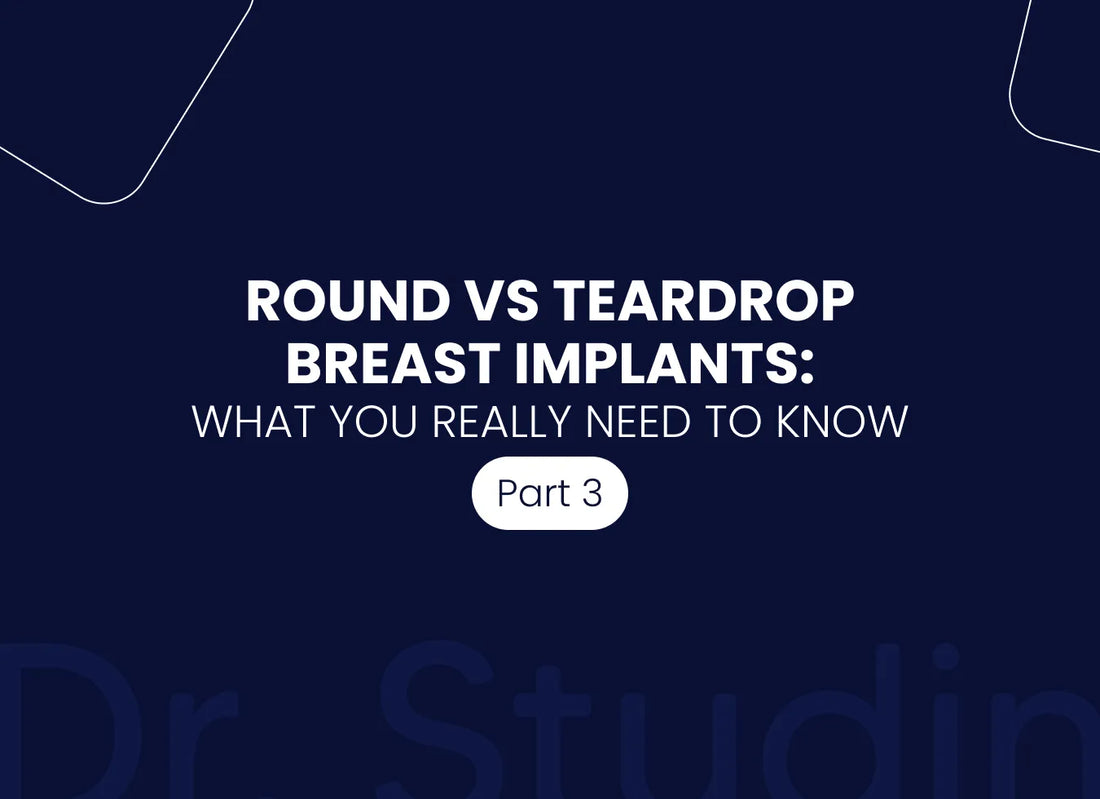
The Potential Drawbacks of Teardrop Breast Implants
Teardrop implants, often praised for their natural appearance, have become a popular choice for those seeking breast augmentation. However, despite their sleek shape and initial appeal, these implants come with some hidden downsides that could affect long-term results.
One of the main concerns with teardrop implants is the risk of uneven filler distribution. Over time, the material inside the implant can shift downward unevenly, leading to the upper part of the breast becoming flatter or sagging. This change goes against the youthful, lifted look that many patients desire. The sagging or flattening effect can be particularly noticeable in the long run, leaving some patients dissatisfied with the final outcome.
Another potential issue is the durability of the implant itself. The internal friction between the front and back layers of the teardrop implant can result in gradual wear and tear. This friction may cause premature breakdown of the implant, leading to earlier failure than expected. While the initial result might be promising, this internal movement raises concerns about the long-term reliability of teardrop implants, making them less durable compared to other types of breast implants.
While teardrop implants may offer a natural shape initially, the potential for uneven wear and sagging over time is an important consideration. Patients should weigh these risks carefully and consult with their surgeons about alternative options that might offer greater durability and a more consistent aesthetic outcome in the years to come.